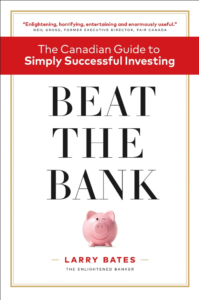Why Harvest ETFs chose to launch its own U.S. Treasury ETF that offers the security of U.S. Treasury Bonds and high monthly income

By Ambrose O’Callaghan
(Sponsor Content)
The early part of this decade saw the introduction of significant monetary interventions that rivalled the policies pursued by central banks following the Great Recession of 2007-2009. Policymakers were able to resuscitate markets in the face of a global pandemic. However, the end of the pandemic saw the beginning of a surge in inflation rates not seen in many decades.
Central banks responded to soaring inflation with the most aggressive interest rate tightening policy since the early 2000s. Policymakers are encouraged with the result of inflation coming down, but a highly leveraged consumer base has been squeezed by the upward revision in borrowing rates. Moreover, the higher interest rate environment has spurred stock market volatility. That has led to a shift investors’ focus, with investors focusing on capital preservation instead of capital appreciation.
Harvest ETFs’ investment management team believes that we are at or near the peak of the current interest rate tightening cycle. In this climate, the prudent investment strategy will factor in high interest rates while preparing for the eventual downward move that many experts and analysts are projecting for 2024.
That is why we launched the Harvest Premium Yield Treasury ETF (HPYT:TSX). This portfolio of ETFs provides exposure to longer-dated U.S. Treasury bonds that are secured by the full faith and credit of the U.S. government. HPYT employs up to 100% covered call writing to generate a higher yield and maximize monthly cash flow.
Why should you consider exposure to U.S. Treasuries?
Canadian consumers might not be celebrating the rise of interest rates. However, the switch to higher rates could be good news for Canadian savers. Continue Reading…





